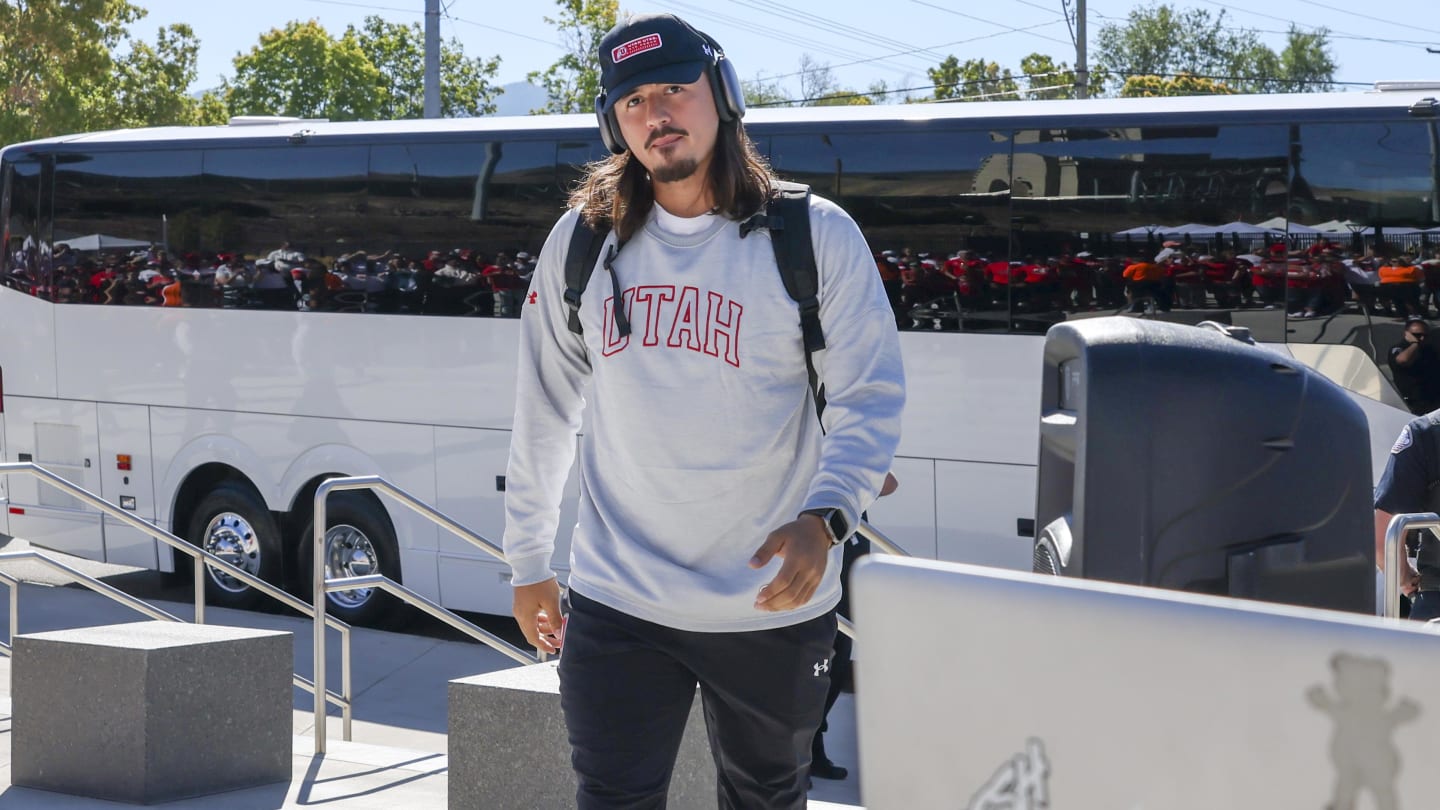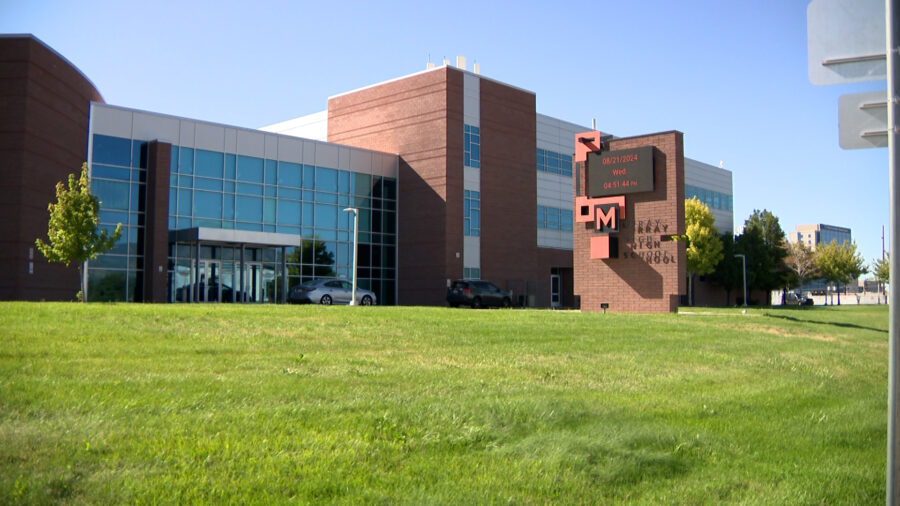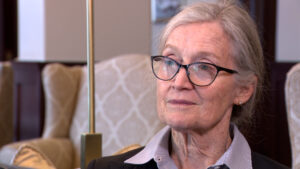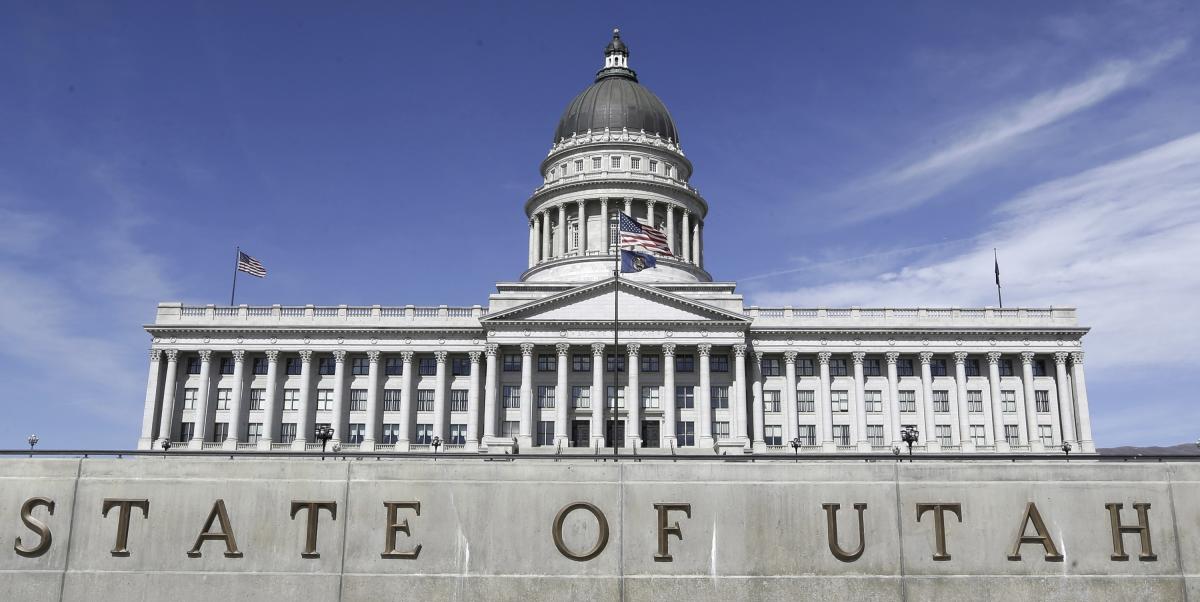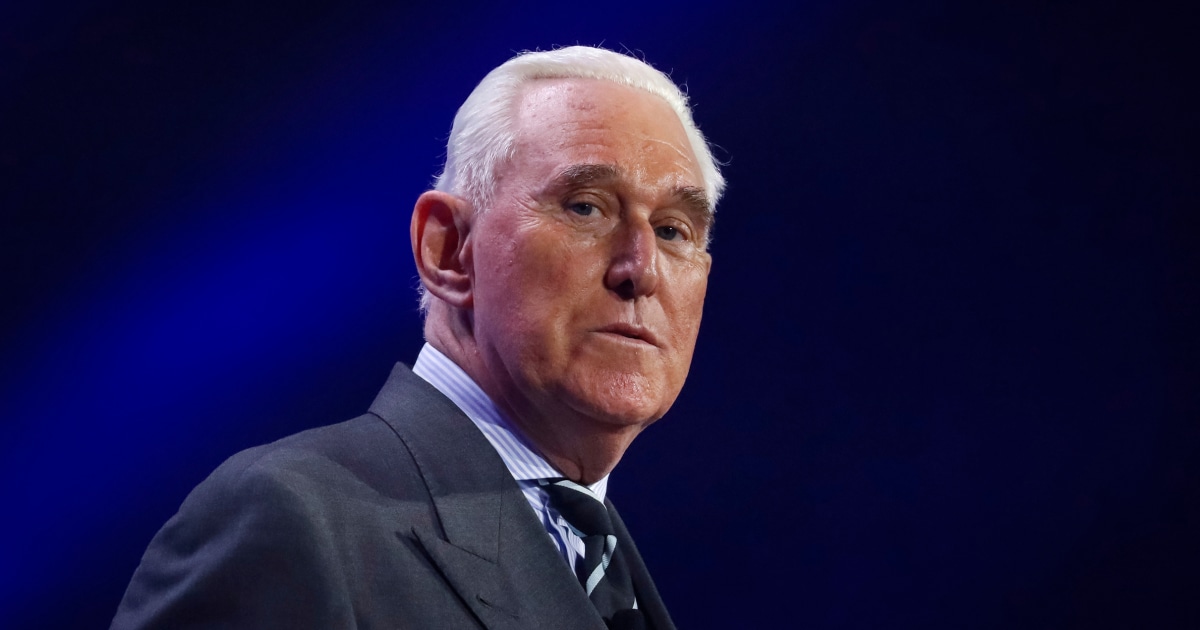There’s one thing Utahns seem to agree on: They don’t want their state to turn into California.
As the housing crisis deepens, however, an expert from the Golden State says without embracing a new approach to city planning and building, Utah could soon be facing the same big problems.
California YIMBY — short, of course, for “Yes in my backyard” — has organized thousands of residents to turn out at public hearings in support of projects and zoning reforms at City Halls, pushing for the benefits of more infill housing.
“The beautiful thing about this issue is that it’s not a Republican or Democratic issue. It’s not a conservative or progressive issue,” Nolan Gray, the group’s research director, told Utah’s chapter of the Urban Land Institute this week. “Red states here like Utah and Montana are leading on this issue; Democratic supermajority states are also leading on this issue.”
The group lobbies state lawmakers as a way of bypassing a patchwork of zoning rules in California cities to encourage construction of more mixed-income housing of the “missing-middle” type — including more accessory dwellings, town houses, smaller starter homes and condominiums, as well as apartments.
There’s also a focus on widening community input on controversial projects and going big picture on master planning, creating new rules and incentives that move more residential projects away from having to go through rancorous public review.
The Salt Lake Tribune interviewed Gray to learn what California pitfalls Utah should look to avoid. (The following conversation has been edited for length and clarity.)
Nolan Gray, research director for California YIMBY, a pro-housing advocacy group.
What led to the creation of California YIMBY and what do you advocate for?
It’s incredibly hard to build in California and especially in some of our most high-opportunity parts of the state, including Los Angeles, the Bay Area and many parts of the coast.
Amid the 2010s recovery, this came to a head as tech in the Bay Area, in particular, was generating a lot of jobs and a lot of high-income jobs. You had a rising generation of young professionals who, under normal conditions, would have absolutely no trouble finding stable housing, whether that’s an affordable rental or an affordable condo or a town house. Now they were dealing with housing affordability issues that had long imperiled folks at the bottom of the market.
There’s a lot of evidence suggesting that the root cause, or one of the main causes, was a severe housing shortage that was the result of decades of underproduction. … That led to the rise of the YIMBY movement.
The idea was that conversations around housing production — especially infill in our cities, where folks can live car-light or car-free and have access to great jobs and public services — had been totally dictated by NIMBYs, or “not in my backyard” politics.
We know from survey data that NIMBYs are the folks who show up at these Tuesday 10 a.m. public hearings and — it’s going to shock you to hear this — in many cases, they’re not broadly representative of the community.
The original YIMBY idea was: Let’s just go to these meetings and make the case that, “Hey, more housing would be good.” Not only would it not cause all these harms that folks are hysterically alleging, but it would actually improve our lives. It would bring more people in our community. It would allow folks who grew up here to stay here. It would allow folks who need to move to certain places for economic opportunity or for political refuge to move to these places.
(Leah Hogsten | The Salt Lake Tribune) Carolyn and Brett Mateson constructed an ADU, or accessory dwelling unit, shown in 2023, in the back lot of their home.
Describe that evolution from advocacy on specific projects at the city level to a focus at the state level
Imagine you’re in the Bay Area in the 1970s. You bought your home for two magic beans, and now it’s worth $5 million. And, by the way, because of Prop 13, you pay no property taxes.
In one sense, you won the lottery but, in another sense, your young adult children can’t afford to live anywhere near you.
They’ve gone to Utah to afford the price of housing there, so you’re never going to see them. You never going to see your grandkids. If you want to retire in your community, you basically have to leave because there are no affordable housing options. Then everybody who serves you, maybe at the supermarket or at the hospital, they’re in a housing precarious situation, but it’s just impossible to keep people on with the cost of everything that’s going up around you.
So part of what happened in a place like California was it got so bad that it started affecting the vast majority of people. … I’ve seen YIMBY groups form when there’s good mixed-income infill projects that by a normal person’s standards would be relatively inoffensive, but that are generating these controversies. … [People complain] these projects might not have enough parking, or they have too many homes, or they’re slightly too tall, or they’re slightly too close to the street — qualities that, in many cases, folks would say it’s actually better if we have more homes or new developments that are more situated toward the street, or projects with fewer parking spaces that’ll generate less traffic.
So it starts with that project-based advocacy, then it generally moves to citywide reforms.
But then there’s also a realization — and this is true in a place like metro Salt Lake City as in California — that the big cities are doing fairly decent reform to varying degrees, but then a lot of the suburbs are really doing nothing.
If you’re only liberalizing reform on 40% to 60% of your metro area, your ability to scale up housing production in an equitable way, including in some of the most high-opportunity suburbs, which are often the least likely to reform on their own volition, then you’ve got to advance some of these conversations to the state level.
(Trent Nelson | The Salt Lake Tribune) Sage Villas town homes in Ivins in May 2023.
What have been some of California’s best moves to encourage more housing?
One of the most effective things we’ve done in California has been legalizing accessory dwelling units statewide. A lot of states have some version of this. Utah has even passed legislation on this.
In California, we actually first “legalized” ADUs statewide in 1982 but what we said was, “OK, local governments, you can write whatever standards you want for ADUs. As you probably could guess, this resulted in basically no ADUs. Every single jurisdiction immediately came up with an ordinance that made it impossible for these things to be built — and California was building ADUs in the dozens.
In 2017, California said, “OK, we are going to set up a clear, workable statewide framework for ADUs. We’re going to say, every jurisdiction in California, you have to allow ADUs subject to these standards.” … It was probably one of the most popular things the California Legislature has done in the past 10 years. It kicked off the building boom. We’re now approaching something like 100,000 ADUs permitted in California since 2017.
Another thing we’ve done in California is say that within half-mile of transit, you cannot impose minimum parking requirements.
If a developer wants to build units there, and they’re saying, “Hey, I can actually build these without having to build tons and tons of parking” [which would drive up rents and home prices], the state has now said you can’t mandate construction of parking.
(Francisco Kjolseth | The Salt Lake Tribune) The Worthington Residences, a new 31-story residential tower that opened in Salt Lake City, with 359 luxury apartments, is pictured in July 2024.
How can a city like Salt Lake make it easier to connect with a more diverse sector of residents, including more renters, folks with jobs and kids that are too busy to attend meetings, etc.?
For many people, it’s very scary to go to these meetings and testify, especially if you’re in a room full of people who oppose the project, you know, and you’ll face hecklers. For other folks, that might not be the level at which they can engage, but we’re helping to build them up, making folks aware of the opportunities, providing accommodations, making it a social thing.
The more broader, structural things planning departments and city councils can be doing is diversify, but also to figure out what you actually need a public process on.
You can have public engagement that involves child care or food provided that actually makes them enticing for normal people to show up, or just paying people for their time, making sure you’re getting a broad representation of the community that you can do that at the general-plan stage in a way that you can’t do on that project-by-project-based approach.
What’s your advice for Utah’s Wasatch Front?
I talk to so many places where they’re always trying to blame everything on outsiders coming in and bidding up the price of housing. And, yeah, Californians coming in and making cash offers on homes, that’s definitely contributing to the problem. But you have people from all over the country who want to move to a place like Utah. I’m sorry to say, Salt Lake is a very nice place to live. People have discovered that, and they’re going to keep coming.
The option facing a community that’s dealing with growth pressures, are these:
• You don’t change the built environment at all. And the people dramatically change because the prices go up. The folks who were born and raised in the community, they get priced out. Only very wealthy people can move in. You end up in a case like in every meaningful sense, your community is different.
• Or you say, the built environment of our community is going to change in an incremental and steady way, as it has for all of history. We’re going to incrementally allow apartment buildings on corridors, more missing-middle ADUs, and then the type of person who was born and raised here — the type of person who built this community in the first place — can stay here, or people like them can come.
One of the shocking things from the 2020 census was a lot of these jurisdictions are losing population very rapidly.
Go to some of these no-growth suburbs of Los Angeles in the ’70s and ‘80s that built out as single-family homes on 5,000-square-foot lots and strip malls. That suburb probably looks exactly as it did in the ‘80s, but all those affordable homes and households that had working- and middle-class families with lots of kids, lots of retirees who could downsize, lots of diversity, lots of new people coming and going — that’s all gone away.
In many cases, these are very old and wealthy communities where, in every meaningful sense, the community has died. They are closing schools. Cultural institutions are dying off — all because they said, “We don’t want our community to change” and what they get is their community radically changing in every meaningful sense of the word “community.”
So, Utah, don’t go down the California path. I come from a future that you can avoid. We’ve gone down this path. You don’t have to replicate this. You can actually situate yourself in a much more positive way.







